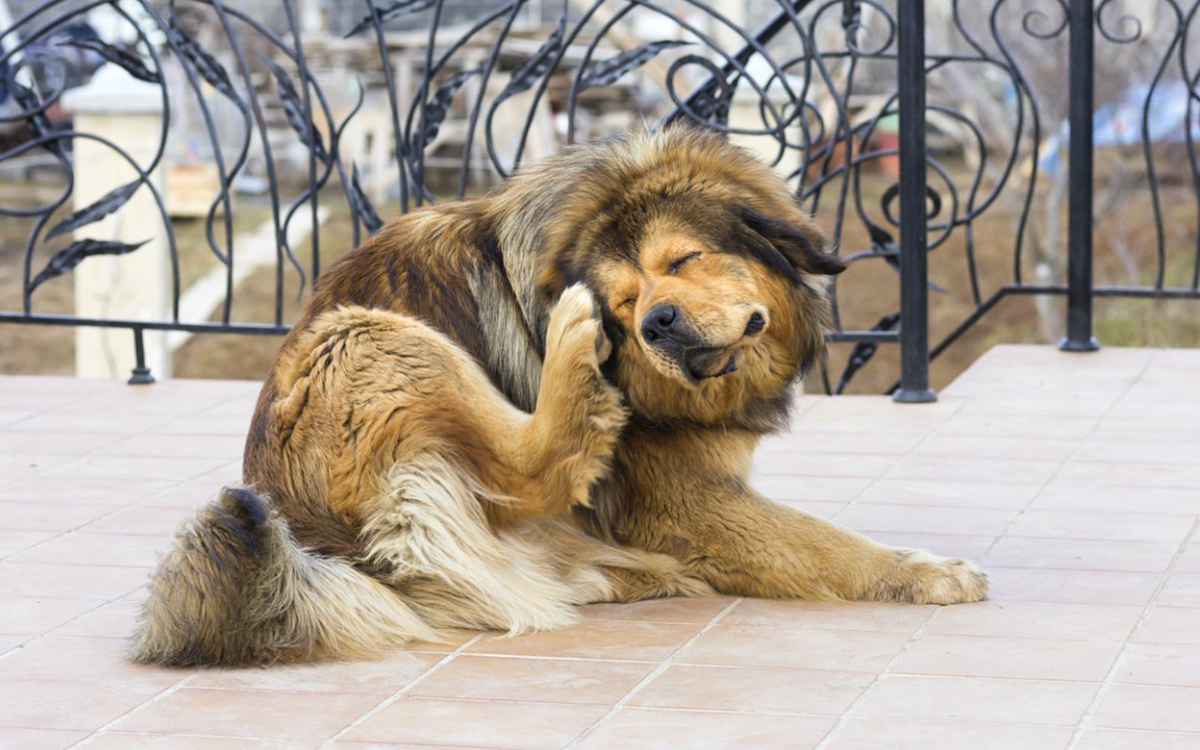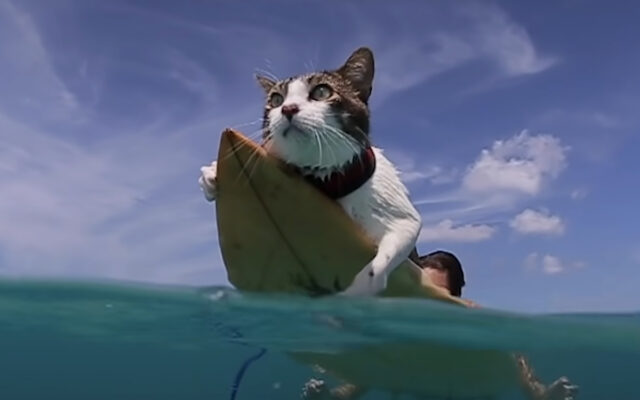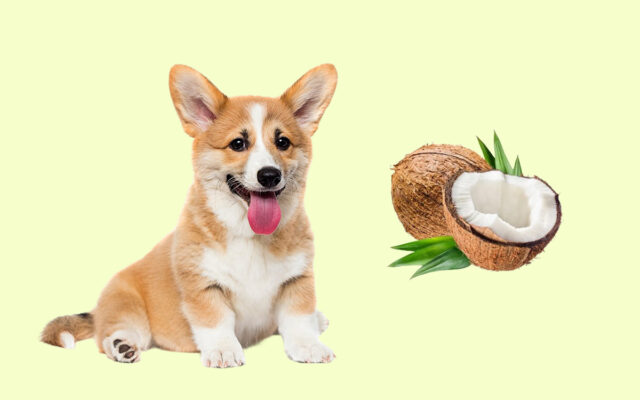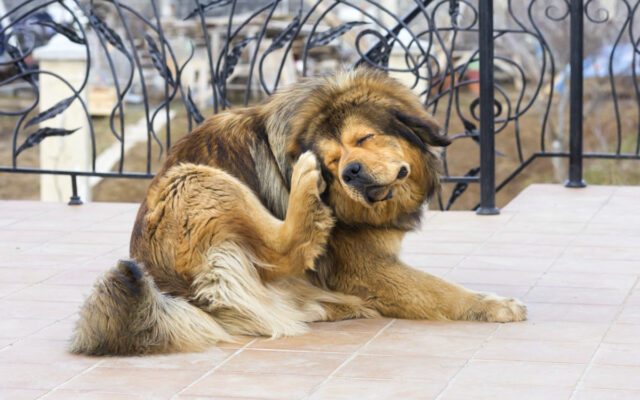Contents
- Who are these little guys?
- Flea life cycle
- Egg Stage
- Larva stage
- Pupa stage
- Adult stage
- Play dates and park pests
- Wildlife
- Humans as flea carriers
- Signs your pet might be playing host
- Non-stop Scratching and Biting
- Red or inflamed skin
- Spot the flea dirt
- Flea-fighting action plan
- Suds up – Bath time!
- Vet-approved flea products
- Environmental control
- Conclusion
Our four-legged friends bring so much joy into our lives, but there’s one tiny troublemaker that can cause a bit of havoc – fleas. In this buddy-friendly guide, we’re diving into the world of those pesky critters, exploring what they are, their life cycle, how our dogs get fleas, and, most importantly, how we can keep them at bay.
Who are these little guys?
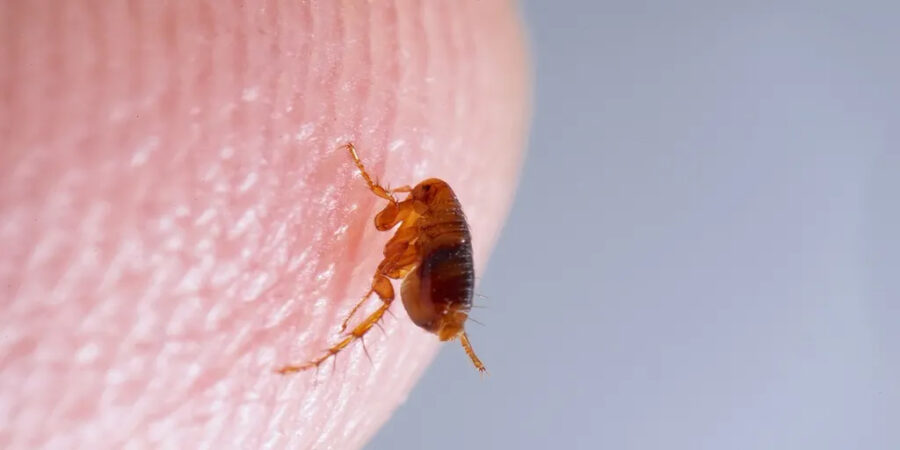
So, what exactly are fleas? They’re these teeny, wingless insects that are dark brown/black in color that feed on the host’s blood.
These little jumpers are flat and fast, with some seriously strong back legs that let them hop around like tiny acrobats. They can jump as far as 1 foot – that’s around 200 times their body size!
The most common troublemaker for our furry pals is the cat flea (Ctenocephalides felis), which, despite the name, can bother both cats and dogs.
When a flea bites us or our dogs, it causes our immune system to send chemicals to that area that causes the itchy feeling.
Flea life cycle

Understanding the life cycle of fleas is like solving a tiny mystery.
It has four key stages: egg, larvae, pupa then adulthood.
Egg Stage
First up, flea moms lay eggs on our furry friends after drinking their blood. These eggs are super tiny, like little specks of salt and fall onto the surrounding area. It can take 2 days to a couple of weeks to hatch.
Larva stage
When the eggs hatch, out come larvae. These wiggly guys snack on stuff in the environment like leftover food, organic matter and flea poop.
Pupa stage
After several days of feasting, the larvae then build a little cocoon and enter the pupa stage. This cocoon protects them from various outside conditions such as temperature and pesticides. They can be dormant in this stage from a few days to several months waiting for the right condition to hatch.
Adult stage
Flea pupae can detect the perfect time to pop out – they can sense temperature increases and how close the nearby host is from the carbon dioxide all animals produce. And ta-da! The adult flea emerges from the cocoon, ready to party.
How dogs get fleas
Let’s talk about how our furry buddies end up hosting these freeloaders:
Play dates and park pests
Your pup can easily pick up fleas during play dates or romps in the park. Fleas love hopping from one host to another.
Wildlife
Rabbits, squirrels, racoons, coyotes and mice that you often see in your backyard often carry fleas. The fleas on these animals can fall off to the ground and will jump on to a new host like your dog at any chance they get.
Humans as flea carriers
Believe it or not, we can inadvertently bring fleas into our homes. These little buggers can hitch a ride on our clothes and then make themselves at home on our dogs.
Signs your pet might be playing host
Worried your dog might have a flea infestation? Look out for these telltale signs:
Non-stop Scratching and Biting
If your pup looks like they’re auditioning for a scratching marathon, fleas might be the culprit.
Red or inflamed skin
Flea bites can make our fur babies’ skin red and irritated, like a tiny allergic reaction to the flea spit.
Spot the flea dirt
Keep an eye out for little black specks in your pet’s fur or on their bed – that’s flea dirt, a sure sign of unwelcome guests. To check if the speck is flea dirt, put it on top of a wet napkin. If the speck turns red, you got yourself some flea dirt!
Flea-fighting action plan
If your pet is playing host to fleas, here’s how you can kick those tiny troublemakers to the curb:
Suds up – Bath time!
Give your pet a nice, soothing bath with a flea-specific shampoo to wash those freeloaders away providing instant relief.
Vet-approved flea products
Hop over to your vet for recommendations on spot-on treatments, oral medications, or snazzy flea collars that will have those fleas running for the hills.
Environmental control
Show your home some love by vacuuming, washing bedding, and using flea sprays. Regular vacuuming can pick up eggs, larvae, pupa and adult fleas that might be lurking about in your home. Remember to unload the debris that the vacuum picked up immediately and preferably outside in a trash bag so that the adult fleas can’t hop back in.
PRO TIP – Wash your pet’s bed with hot water and dry in high heat to kill off eggs.
Conclusion
Fleas might be tiny, but they sure can cause big trouble. With a bit of know-how, some preventive measures, and a vigilant eye, you can keep your furry friend flea-free and happy.
